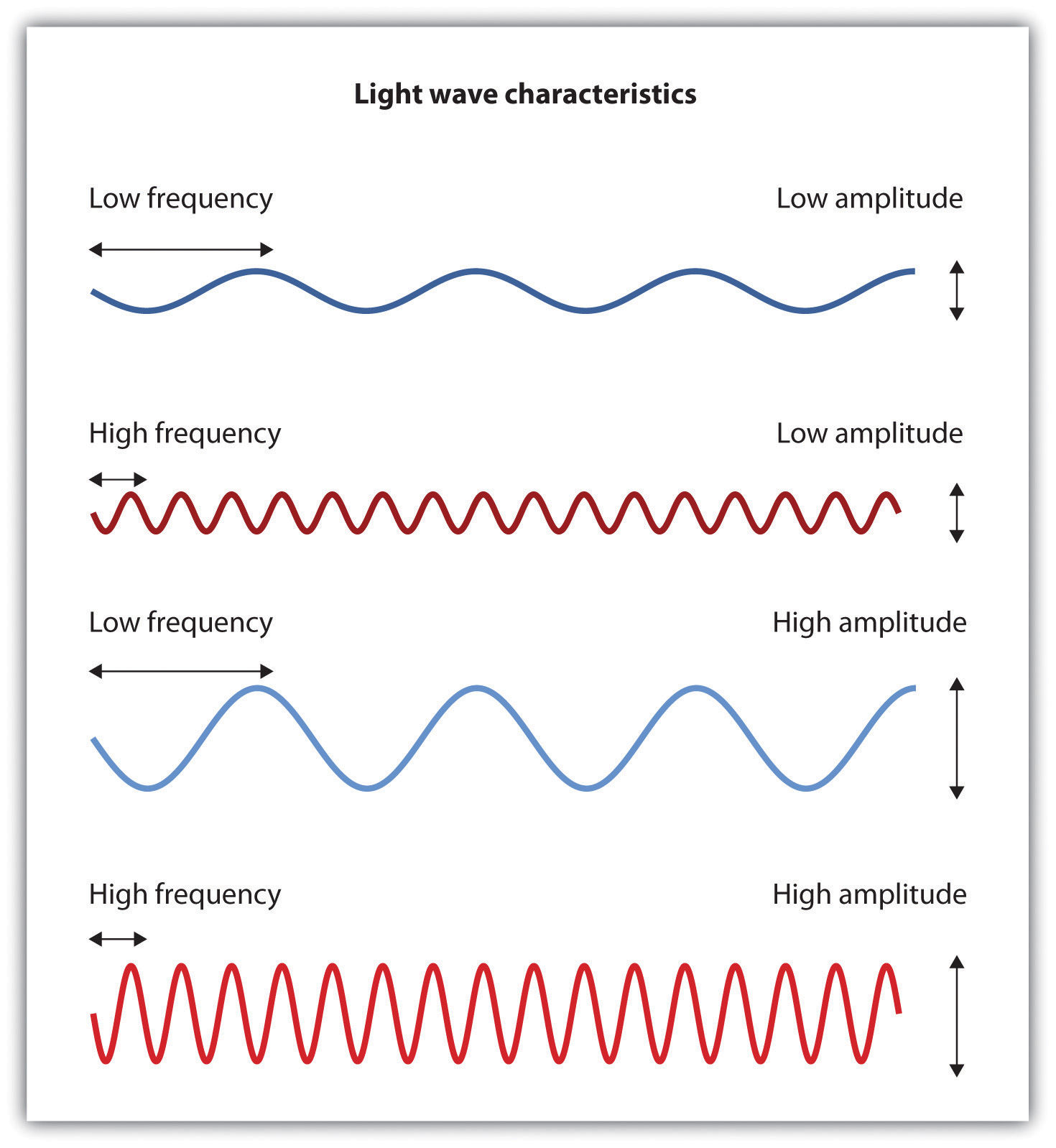The majority of individuals that use the web or on the road networks do not understand what over the internet spying or harassment is. Via the internet harassment is violent habits that takes place online (through e mail, messaging, social media, dating sites, and other platforms). Abusers who devote on the internet harassment often do it to make you feel hazardous, humiliated, scared, or emotionally distressed.
How does on the internet harassment differ from on the web stalking (cyberstalking)? On-line harassment and on-line tracking (cyberstalking) look like each other and frequently take place at the very same time, but the rules covering each behavior can vary.
On the net harassment ordinances may cover a wider degree of abusive behavior. Many online harassment mandates can cover just one incident and may not require evidence that the abuser knew or should have understood his/her actions would cause you fear. However, some via the internet harassment legislations may require you to show that the abuser meant to frustrate or alarm you (or ought to have understood his/her actions would irritate or alarm you), and/or that the abuser had „no legitimate function“ for his/her actions. To see exactly how your region defines harassment, you can read the language of the law, however not every region has a criminal offense called „harassment but there are comparable criminal offenses discovered in each area.
Being very careful online is very essential, due to the fact that there are many ways an abuser can misuse technology to pester you. Below, we define some of these abusive behaviors and explain the criminal statutes that may address them. If you are a victim of harassment, you can also be eligible for a restraining order in your jurisdiction.
 Whenever someone contacts you or does something to you that makes you feel annoyed or frightened, harassment is. Some areas need that the abuser contact you repeatedly, but some legislations cover one bugging incident. Likewise, some jurisdictions attend to harassing behavior in their stalking laws, but other states may also have a separate harassment regulation. More additional facts is available, when you need it, by clicking on this hyper-link here Allfrequencyjammer.com !
Whenever someone contacts you or does something to you that makes you feel annoyed or frightened, harassment is. Some areas need that the abuser contact you repeatedly, but some legislations cover one bugging incident. Likewise, some jurisdictions attend to harassing behavior in their stalking laws, but other states may also have a separate harassment regulation. More additional facts is available, when you need it, by clicking on this hyper-link here Allfrequencyjammer.com !
 A danger is when anyone has communicated (through images or words) that they plan to cause you or a person else harm, or that they prepare to commit a crime against you or another person. Some examples include hazards to kill, physically or sexually assault, or abduct you or your kid. Dangers can likewise include threatening to devote suicide. Many areas‘ criminal hazard dictates don’t specifically speak about using technology, they simply need that the hazard be interacted in some way (which could consist of in person, by mobile phone, or utilizing text, internet mail, messaging apps, or social networks). Over the internet risks do not always need to consist of words. A photo posted on your Facebook page of the abuser holding a weapon could be thought about a threat.
A danger is when anyone has communicated (through images or words) that they plan to cause you or a person else harm, or that they prepare to commit a crime against you or another person. Some examples include hazards to kill, physically or sexually assault, or abduct you or your kid. Dangers can likewise include threatening to devote suicide. Many areas‘ criminal hazard dictates don’t specifically speak about using technology, they simply need that the hazard be interacted in some way (which could consist of in person, by mobile phone, or utilizing text, internet mail, messaging apps, or social networks). Over the internet risks do not always need to consist of words. A photo posted on your Facebook page of the abuser holding a weapon could be thought about a threat.
Doxing is whenever another person searches for and broadcasts your private/identifying info on the internet in an effort to frighten, embarrass, physically damage, or blackmail you (among other factors). The info they publish could include your name, address, telephone number, e-mail address, photos, financial resources, or your family members names, among other things. An online stalker can currently know this info about you or s/he might try to find your information over the internet through online search engine or social networks websites. Abusers might also get details about you by hacking into accounts or gadgets. Often they can even reach out to your friends or member of the family pretending to be you or a pal of yours so that they can get more information about you. The cyber stalker can distribute your personal info on-line in an effort to scare, humiliate, physically damage, or blackmail you, to name a few factors.
Comments are closed